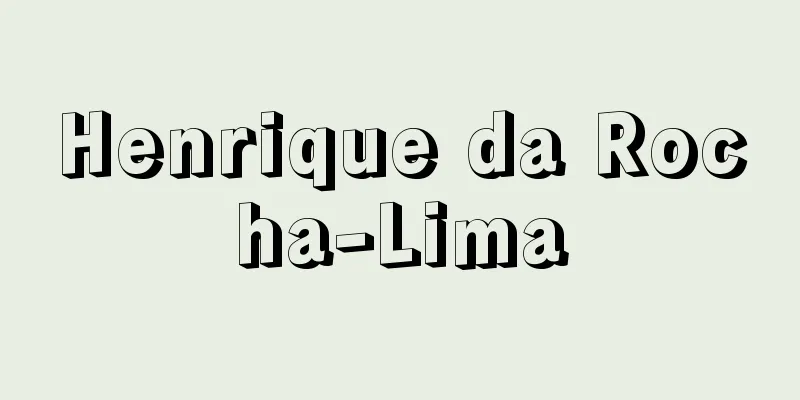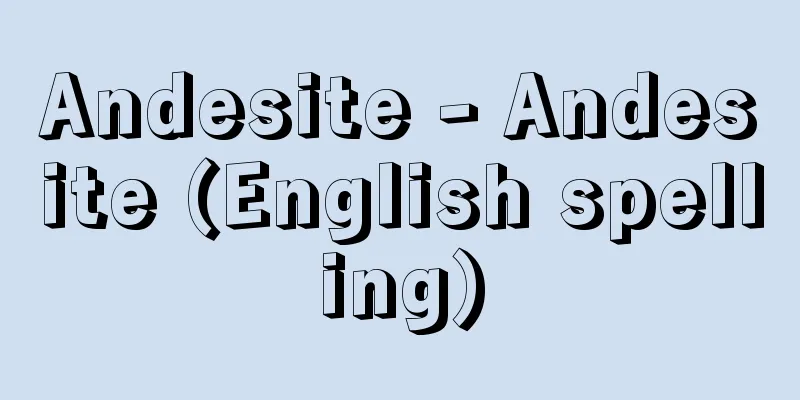Périgord culture - Périgord culture

|
A late Paleolithic culture centered in the Périgord, France, hypothesized by Denis Peyrony (1869-1954) in 1933. It was characterized by the technique of edge-blending, a feature of stone tool production, and was said to link the Châtelperronian culture (Périgordian culture, Phase I) and the Gravettian culture (Périgordian culture, Phase IV), developing in parallel with the Aurignacian culture, which was placed chronologically between them. It was thought that the two neighboring cultures had not interacted with each other or influenced each other for several thousand years. Source: Heibonsha World Encyclopedia, 2nd Edition Information |
|
ペイロニDenis Peyrony(1869‐1954)が1933年,仮説的に唱えたフランスのペリゴールを中心とする後期旧石器時代文化。刃つぶしを施す技術を石器製作の特色として,シャテルペロン文化(ペリゴール文化第I期)とグラベット文化(同第IV期)をつなぎ,年代的にその中間におかれたオーリニャック文化と並行発展するとされた。隣接して存在する文化が,数千年の間互いに交流なく,影響もうけあわなかったと考えられた。
出典 株式会社平凡社世界大百科事典 第2版について 情報 |
<<: Belisarios (English spelling)
>>: Périgord (English spelling)
Recommend
Eighteen - Ichihatsu
A perennial plant of the Iridaceae family. It grow...
Mitaka [city] - Mitaka
A city in central Tokyo. Established as a city in ...
Donald Barthelme
American short story writer and novelist. Son of ...
Race - Competition
〘 noun 〙 A race to see who is faster. A type of at...
Corpus luteum
A component of the ovary in vertebrates. The egg ...
Catalonia Regional Government Office - Catalonia Regional Government Office
…He was one of the founding members of the Liga (...
Economics
Economics is a term used to describe the study of ...
National credit - public credit
Also called public credit. It refers to a credit r...
Chemical rocks
Sedimentary rocks are formed by the chemical preci...
Scripture - Kyohijiri
〘Noun〙 A wandering ascetic who traveled around Jap...
Kanze Hisao
Noh shite actor. The eldest son of Kanze Tetsunoj...
Petal-shaped cross-section thread
...General term for artificially made fibers as o...
Tønsberg - Tønsberg (English spelling)
A city in the southeastern part of Norway, in the ...
Fraenkel, G.
...Its physiological importance has been noted du...
Hivites
...However, there are few documents about the lan...









